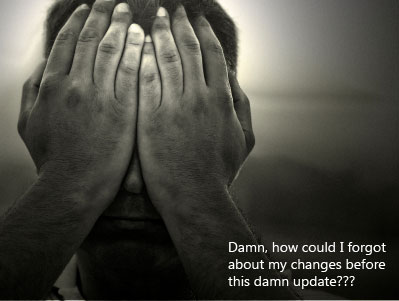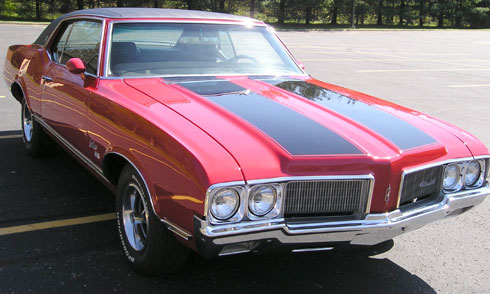EVENT: The Social Media Strategies for HR Seminar
In two weeks I will be attending and participating in the Conference Board's 'Social Media Strategies for HR' seminar, along with many other fantastic Human Resources practitioners and leaders. If you are thinking that the 'Social Media in HR' angle is getting really played out and overdone, then you might be right, but you also might be in the tiny minority of HR professionals and leaders that actually have been working with social media, social networks, and proactively using these platforms to support their business and talent strategy. I think, generally, that the opportunities and challenges that social media present to the typical HR organization are just beginning to be explored. Remember, unlike many of us in the social media bubble almost no real HR leaders spend their year attending seventeen conferences, fourteen tweet-ups, or diving into one of the myriad new HR-themed Twitter chats. Mostly they are too busy in their day jobs, and when they have time, they are trying to figure out how to better their function and their performance, and using social media can be one of those ways - if they could ever find some spare time to try and sort it out.
That is why a dedicated event like the Social Media Strategies Seminar for HR is so compelling to me. In the early days of social media in the workplace, there were hours of trial-and-error while learning because there were no classes or conferences or case studies where you could learn how to use these platforms more effectively. The benefit for today’s professionals getting into the space or for those who are using the platforms but want to take that use to the next level is that there are events where you can go and learn more in a day than many of us did in a month or a year.
If you or someone in your organization is wants to learn more about using social media platforms for HR and recruiting, you need to mark your calendars now for The Conference Board’s Social Media Strategies for HR Seminar. Join me in New York City on April 17- 18, 2012 as we discuss and learn how to:
- Leverage social networks to benefit the entire organization
- Implement and manage social networks to spur innovation and knowledge sharing
- Use social media to increase employee engagement and bolster employer branding
- Manage the legal implications of social media in the workplace
I’ll be co-leading a session on how you can use social media to strengthen your employer brand and bolster employee engagement. My co-presenter will be Trish McFarlane, Director of Human Resources for Perficient and co-founder of the HRevolution.
Use discount code SB1 to get $250 off the registration cost! You can register for one day or both. I hope you’ll join us, you won’t be disappointed.

 Steve
Steve




